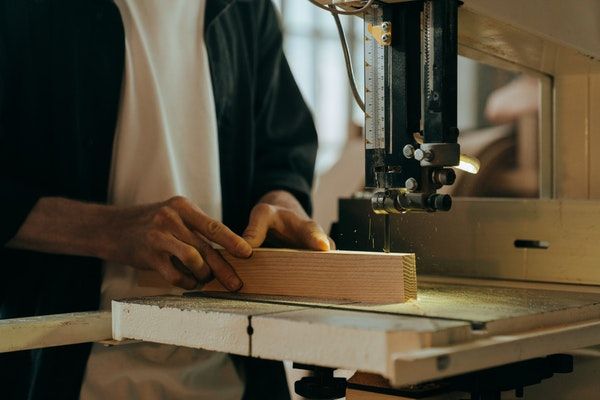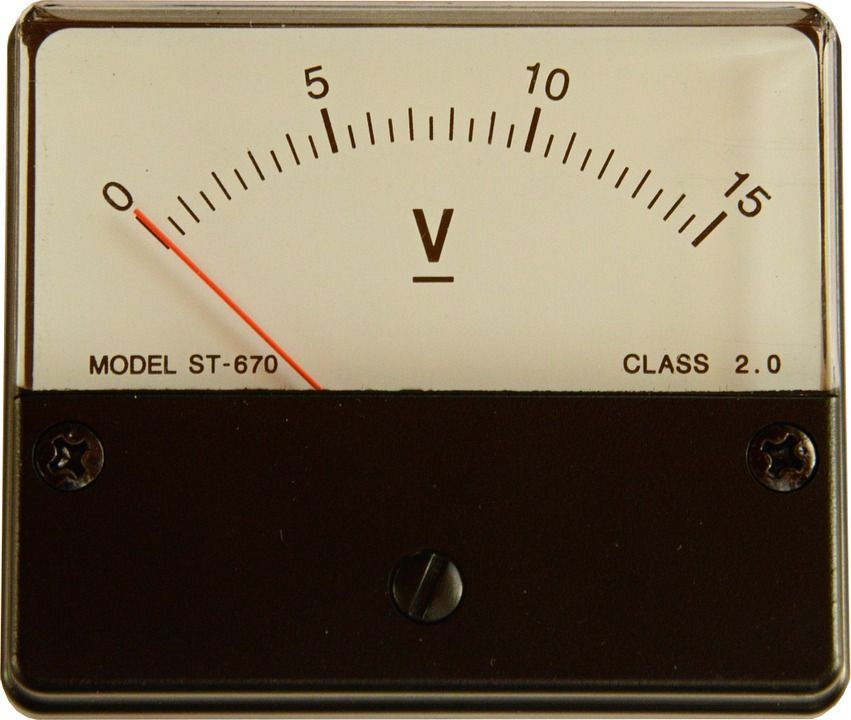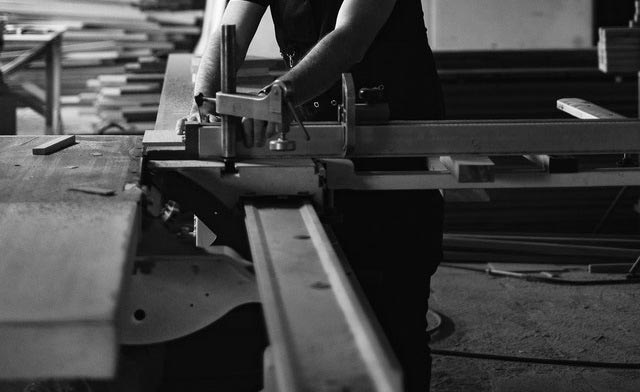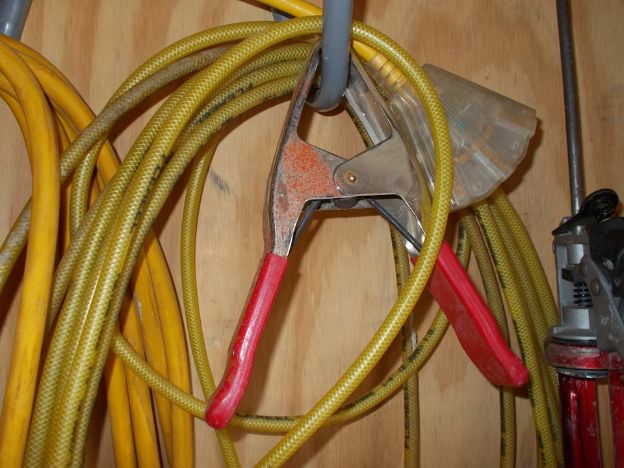When you’re setting up your work shop or purchasing equipment like a table saw, it’s important to understand your power needs. Different tools will require different power levels to be able to work properly.

With a table saw, you need amps to power the saw. While each saw offers a specific amount of power from the motor, you also have to plug it in. This means that you need a power source that can handle the requirements and the load.
So how many amps does a table saw use? We will cover all of that detail and more in this guide.
Table of Contents
Power Varieties Explained

When you look at outlets and power saws, you see labels like amps, watts, voltage, and more. These labels all have specific meanings that you should be familiar with. Basically, they tell you how much power your saw can produce but also how much power it requires in order to operate.
Let’s take a look at the most common power terms you might come across.
Volts
Volts are all about the movement of electricity. This number is a description of how much energy a piece of equipment is capable of moving. Think of it as a statement about the capability of energy within the tool.
In this case, volts are referring to how much electricity is flowing through the table saw via a circuit.
Watts
Watts are just the measure of the power source. You see watts in all sorts of equipment. Think about your light bulbs. That is just one example. A 60-watt light bulb uses 60 watts of electricity in operation.
Amps
Amps are what we’re going to focus on. The amp is the until of measurement for an electrical current. This is how many electrons are flowing through a single circuit. Volts come together with watts to create an amp.
One amp can be made up of 120 watts and 110 volts or 240 watts and 240 volts when it comes to the table saw.
These little terms all work together and are an essential part of understanding the power needs of the table saw you are using. This allows you to plan for the power with the appropriate outlets and power cords required to make the machine functional.
Power Requirements for a Table Saw

When you purchase a table saw, it has measurements for watts, amps, and more. It will tell you how much power the machine produces but it will also let you know what type of power source is required for operation.
A table saw is considered to be a powerful tool. Where some small tools like drills or jigsaws only need 8 or fewer amps to operate, the table saw will usually need more than that. This powerful tool might require up to 16 amps for operation.
Most heavy power tools, like the table saw, require anywhere from 6 to 16 amps for operation. Other similar tools with similar power requirements include lathes and circular saws. They all fall into the same category.
While this is the general range for a table saw, there are some saws that might require more power so keep that in mind as well. The best way to know for sure is to refer to your owner’s manual.
What you really need to understand is that the more powerful your table saw, the more amps that will be required in order to operate the saw at full power.
Woodworking Tools HQ put together this table. It provides a good overview of amperage requirements based on saw power.

Should I Use 15 Amps or 20 Amps?
One of the most common questions about the appropriate amps for a table saw is whether or not you can use a 15-amp circuit to power a 15-amp saw. Unfortunately, there are more parts to this question than just amps to amps.
The real answer is that a 15-amp circuit is not recommended. Ideally, your circuit load will be higher than the amperage of your table saw. If you do decide to try to use equal amps from both sources, you need to be sure that your table saw is set up for success.
This means not operating at full speed and always making sure your blade is nice and sharp. If you want to operate at full speed, you would be better off using a 20-amp circuit in this particular scenario.
Upgrading to a 20-amp circuit could work in your favor as this circuit is designed to fully handle the load and then some. You do need to be sure to follow all safety standards to upgrade your circuit.
What About Extension Cords?

The majority of the time, people operate their power tools through an extension cord. This is usually to accommodate the need to reach the outlet from wherever your workspace is set up.
Extension cords and similar extensions like a drop cord provide you with a little bit of flexibility when you’re getting things put together. Of course, you still need to make sure you are plugging the extension cord into the appropriate outlet. You also need to be sure the cord itself is built to handle the amperage needs.
Extension cords come in different lengths and different styles. You can choose from two or three-pronged plugs. We recommend using a three-prong cord. There are several reasons for this but the most important reasons are that these cords are grounded and far more fire-safe than a two-prong cord.
Keep in mind that if you have an extra-long cord, this could affect your power supply. As the currents travel through the cord, some power is lost on the journey from the plug to the tool so keep this in mind as well.
Conclusion
The number of amps that you need to power your table saw will ultimately depend on the table saw. It is very important to familiarize yourself with the saw and learn what it requires, as well as the power output from the saw.
Always be sure to check your outlets and cords to verify that they can handle the power necessary to power the saw as well.